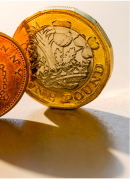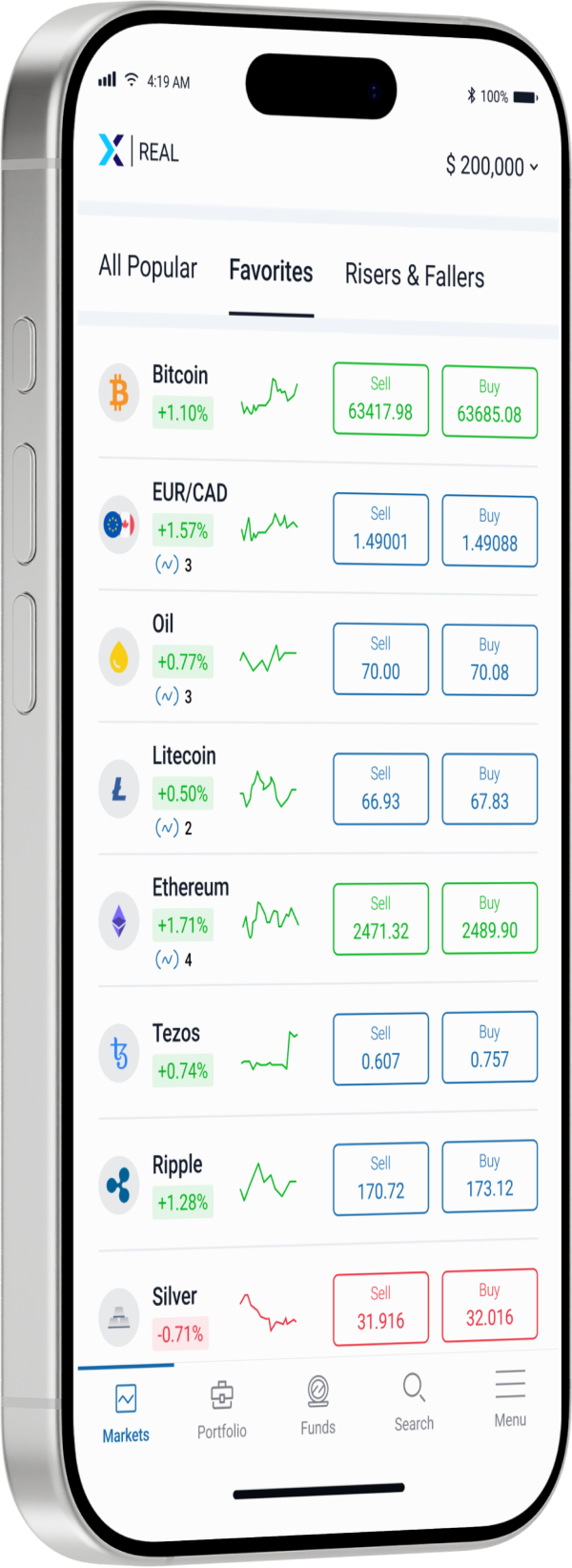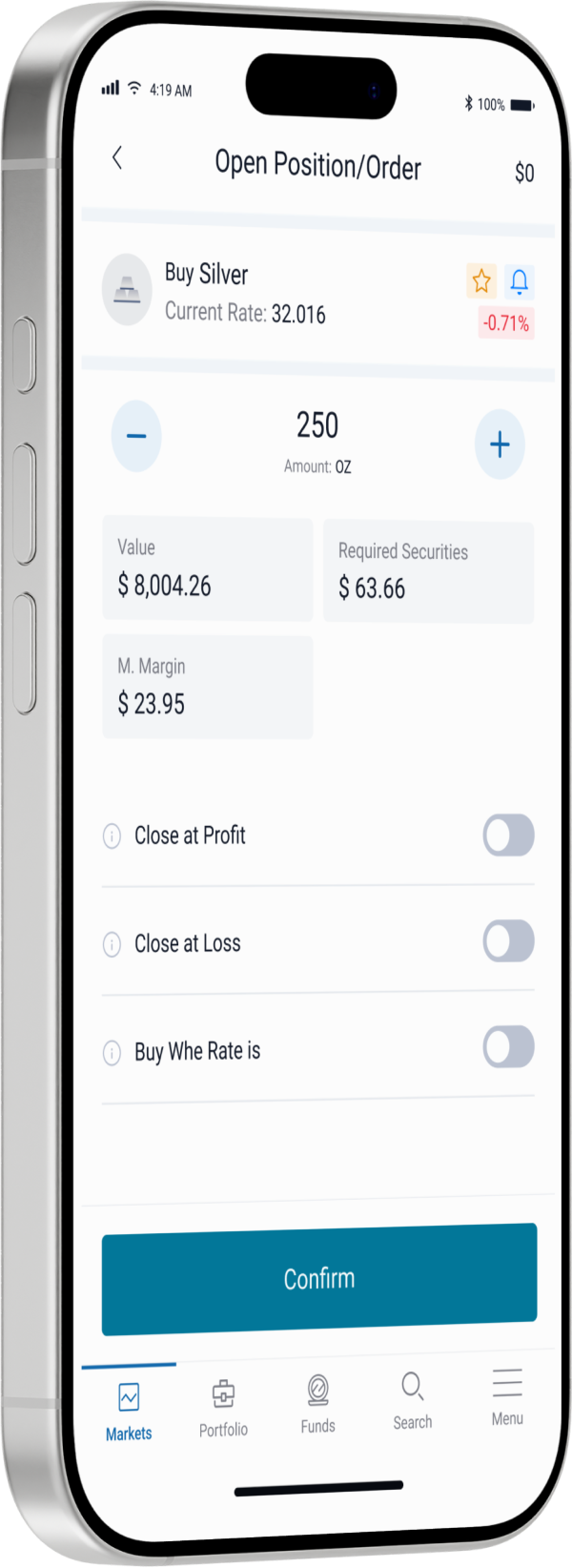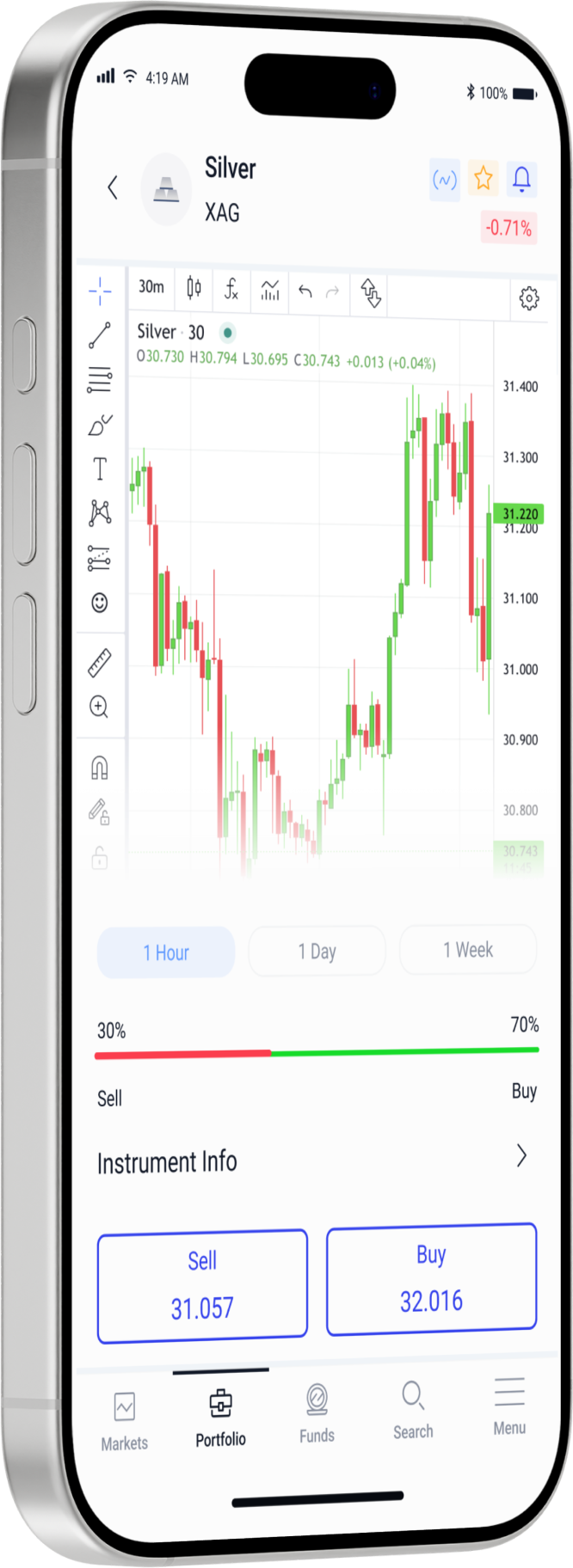Discover & Trade Forex CFDs
Trade the world’s most popular FX pairs with a trusted global broker and benefit from competitive spreads, fast order execution and low commissions
Majors
Minors
Exotic
Popular currencies
EUR/USD
EURUSD
$
%
USD/JPY
USDJPY
$
%
GBP/USD
GBPUSD
$
%
USD/CHF
USDCHF
$
%
AUD/USD
AUDUSD
$
%
NZD/USD
NZDUSD
$
%
USD/CAD
USDCAD
$
%
EUR/JPY
EURJPY
$
%
EUR/GBP
EURGBP
$
%
EUR/CHF
EURCHF
$
%





EUR/USD
EURUSD
$
%
USD/JPY
USDJPY
$
%
GBP/USD
GBPUSD
$
%
#ForexTrading
About Forex CFDs
The foreign exchange market, commonly referred to as the FX market, is an online financial market that holds the title of being the largest and most traded globally. XTrade offers clients the opportunity to participate in forex trading through CFDs. By engaging in CFD FX trading, you can utilize your research and analysis to capitalize on exchange rate fluctuations, whether it's buying or selling currencies based on your price predictions.
Trading Education Library
A Comprehensive Guide to Professional Trading
Enhance your trading skills with comprehensive educational resources. Access tutorials, webinars, and courses tailored to your learning style. Master technical and fundamental analysis, risk management, and effective trading strategies. Achieve your trading objectives confidently.
#CompetitiveEdge
Why Invest with Us?



